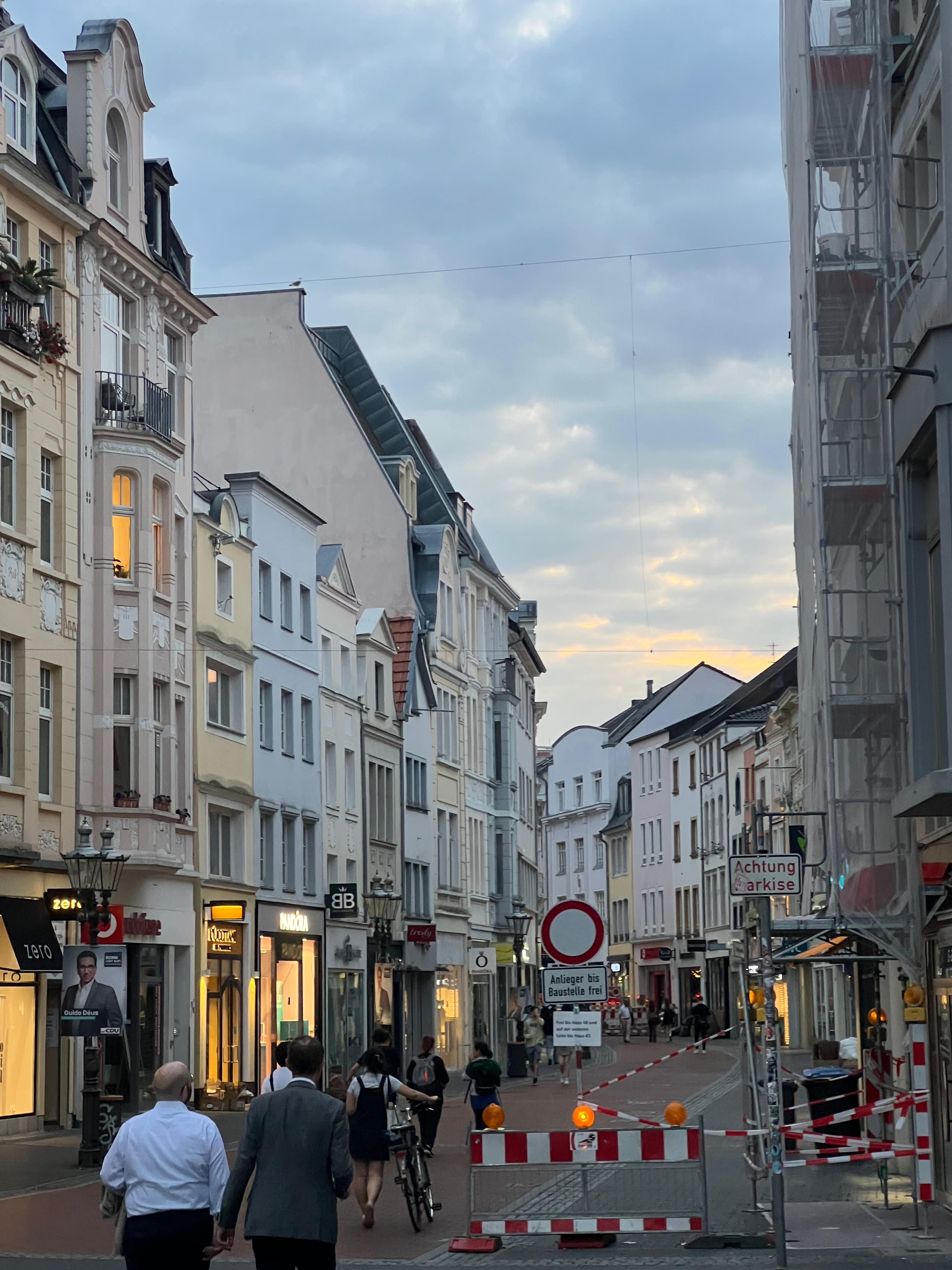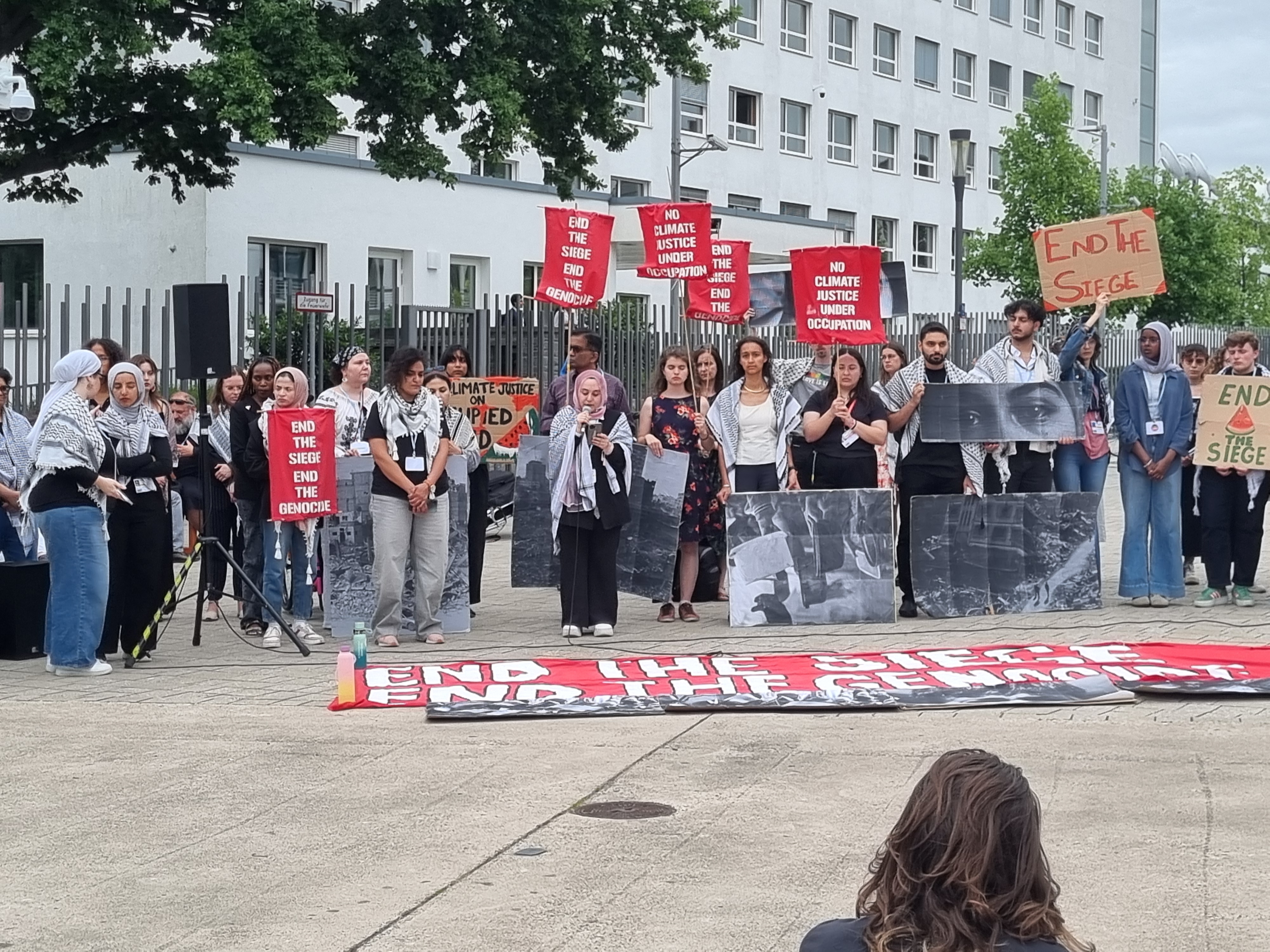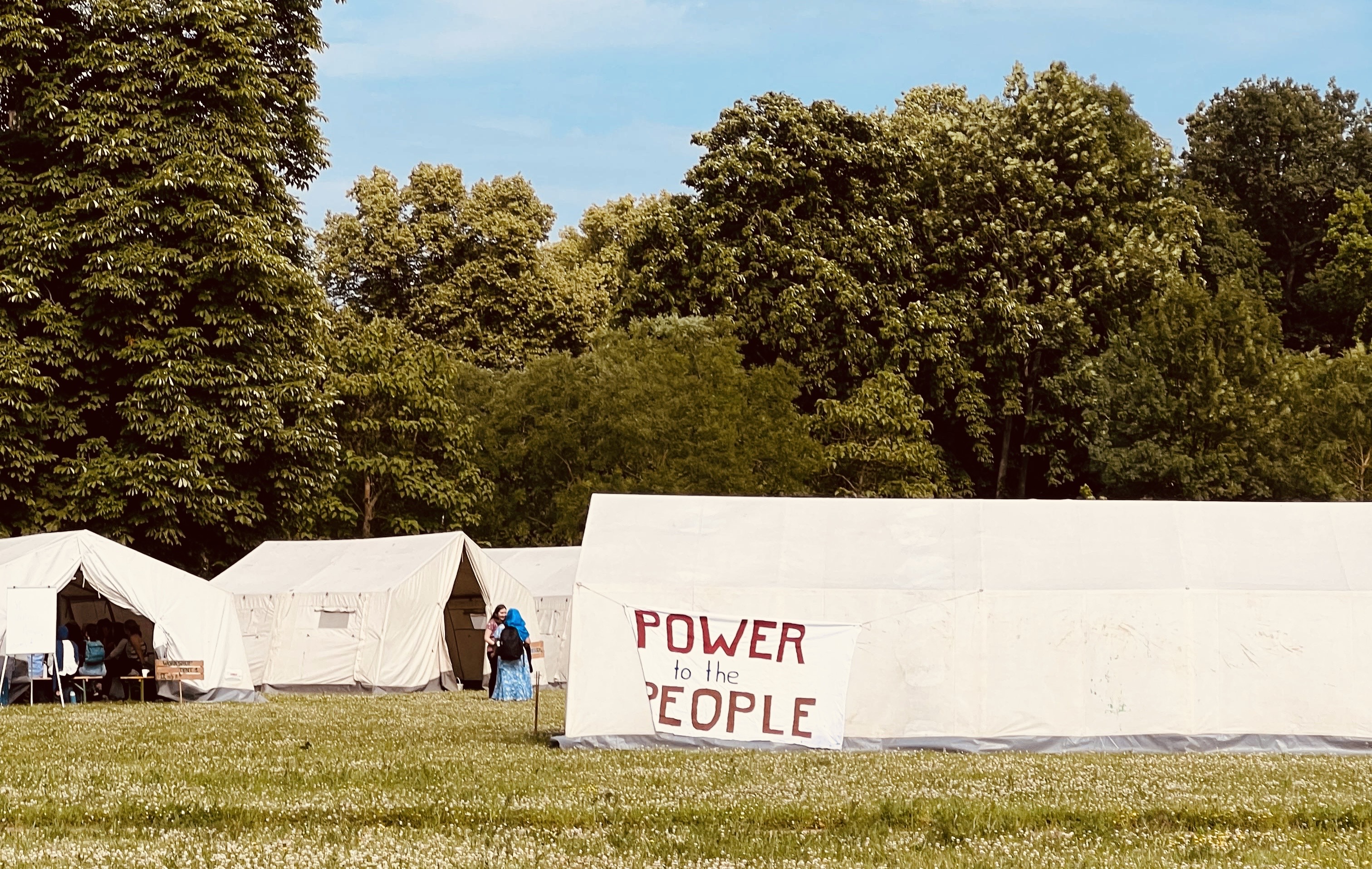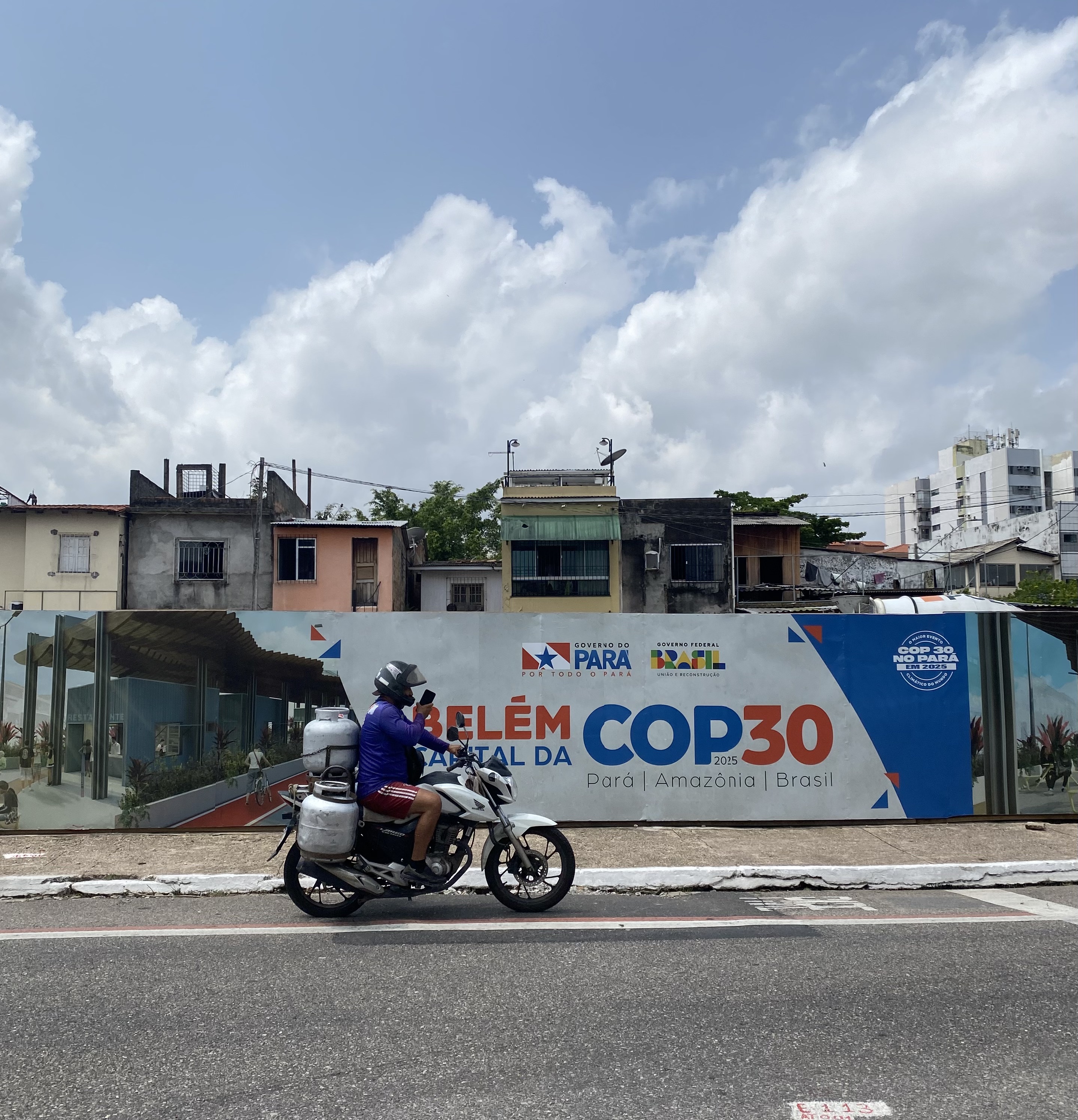I arrived in Belém very early Thursday morning. I had wanted to arrive before the negotiations got underway to see if I could catch the opening of this event from the city’s perspective. The decision to host COP30 in the Amazon, announced by Brazil’s President Lula at COP27 in Sharm-el-Sheikh, has been controversial. But walking the hot, sticky streets of Belém over the last few READ MORE
Author: hannahhughes
Another view of Bonn: The intersection between race and gender from the venue to the streets
When you observe negotiations, as a researcher, the observations don’t start and stop on entering and leaving the venue. Perhaps, in trying to understand the world around us, the observation and analysis never stop. Since leaving Bonn I have been left trying to make sense of what I experienced as I made my way from READ MORE
The art of (not) negotiating through negotiation: The turbulent waters of implementing the Paris Agreement from the Rhine to the Guamá
Authored by Marcela Vecchione-Gonçalves (@marcelavecchione; email: marcela.vecchione@gmail.com) I have been following the Climate Conferences, and their subsidiaries, since 2009 in Copenhagen. But I haven’t been to the Conferences since 2019. For various reasons: disbelief, anger, disgust, lack of resources. As someone who prefers to analyse the processes of building and weaving climate policy with thick READ MORE
The CAMAMAZON team reflects on their experiences at the SB62 in Bonn
In June, most of the CAMAMAZON project team travelled to Bonn for the 62nd meeting of the Subsidiary Bodies to the United Nations Framework Convention on Climate Change or SB62. In this blog, Matthaeus, Hannah, Veronica and Cristina reflect on their experience. Matthaeus I attended SB62 with three main objectives: to reflect on the topic READ MORE
First CAMAMAZON Workshop: Weaving Relations for Climate Agreement-Making at COP30
The Agroextractivist Territory Pirocaba and the newly built community centre for the Associação dos Agroextrativistas, Pescadores e Artesãos e Artesãs do Pirocaba (ASAPAP) in Abatetuba, Pará, Brazil.
Welcome to CAMAMAZON website and blog!
This is the home of CAMAMAZON, a 2-year British Academy funded ODA interdisciplinary research project. In this project, we are following Brazil’s presidency of COP30 in the host city of Belém. This event marks an important anniversary of the United Nations Framework Convention on Climate Change (UNFCCC), which began in Rio in Brazil in 1992. It is the first READ MORE





